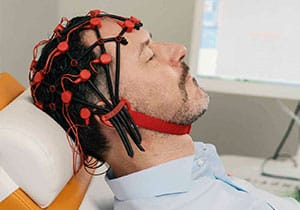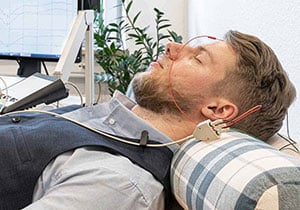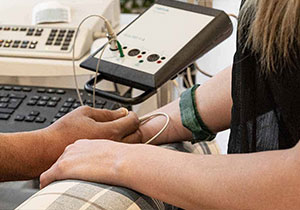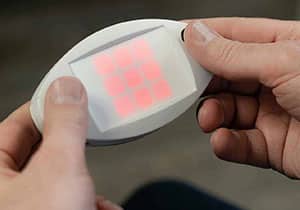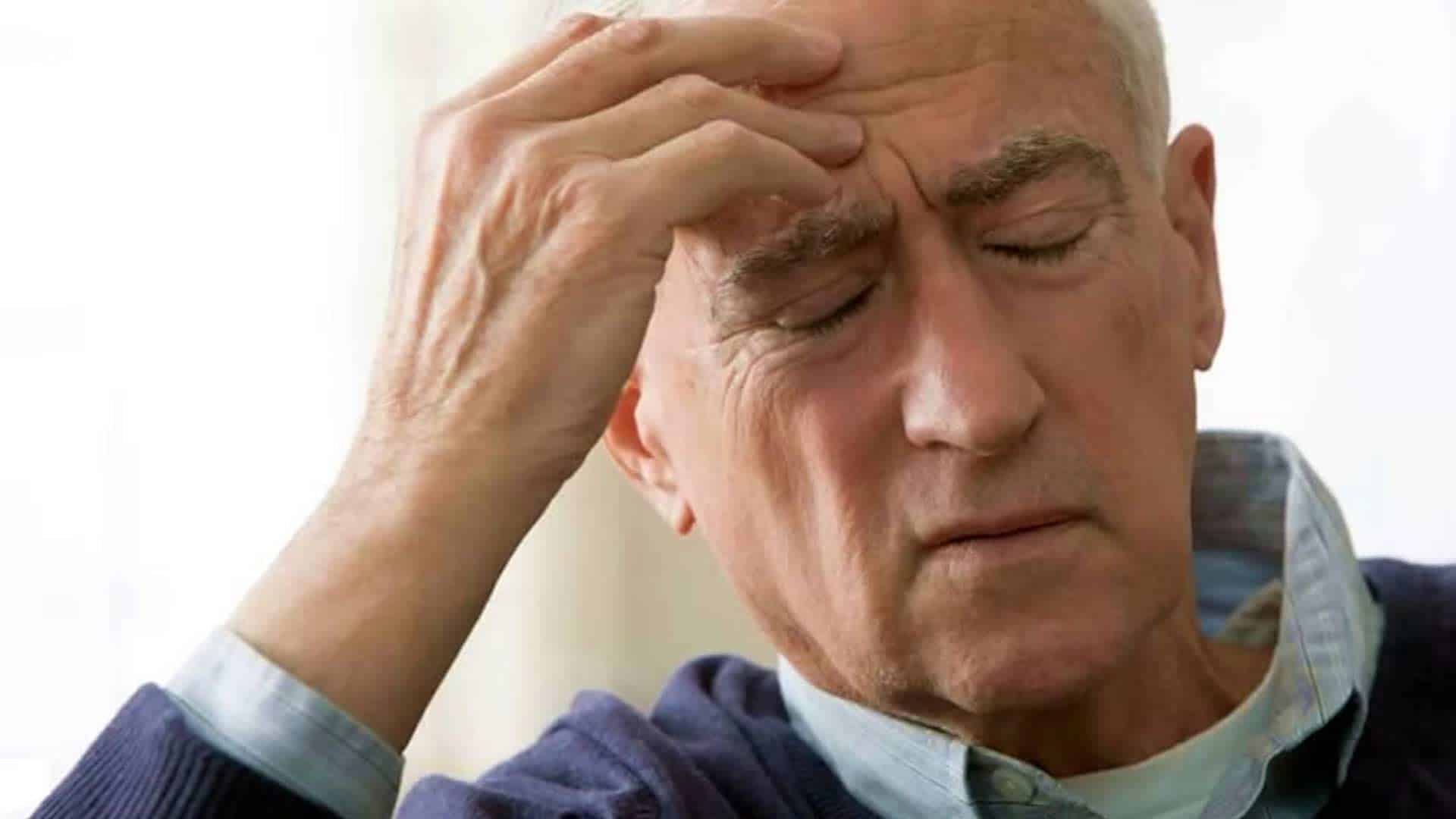
Stroke
A stroke is a sudden circulatory disorder in the brain, resulting in an undersupply of oxygen. This disruption means that the nerve cells in the affected area of the brain are no longer adequately supplied with oxygen and are damaged. Alongside heart disease and cancer, stroke is the third most common cause of death and the most common cause of disability in Germany (1) . Men are affected more frequently than women. Strokes increase in frequency with increasing age and typical risk factors (high blood pressure, smoking, elevated blood lipids, diabetes mellitus, obesity, excessive alcohol consumption, negative psychosocial situation and other causes).
Symptoms and complaints of a stroke:
- Sudden one-sided paralysis or loss of strength
- Numbness
- One-sided drooping corner of the mouth
- Swallowing disorders, deviation of the tongue when sticking out
- Paralysis of one side of the face
- Visual disturbances up to temporary blindness
- Speech disorders up to the loss of the ability to speak
- Comprehension disorders
- Balance disorders and dizziness
- Loss of consciousness and unconsciousness up to coma
- Nausea and vomiting
- severe headaches.
Every stroke is a medical emergency, which is why those affected should receive professional care as quickly as possible and be taken to a hospital, preferably with a special stroke unit. When the warning signs first appear, they should definitely be taken seriously, as the potential damage can be minimized within a few hours. If in doubt, always call the emergency services and have the cause clarified, preferably in a stroke unit. The following applies here “Time is brain” (“Time is brain”)!
Symptoms that recede quickly should also be taken seriously. It could be a TIA (transient ischemic attack), which is a “harbinger”, a warning sign of a stroke Prevention and treatment of a stroke:
To safely prevent a stroke, it is also important that those affected have the cause clarified immediately, even in the event of a relapse! After acute treatment in a neurological clinic, rehabilitation treatment is often necessary, where lost functions are trained again. This can also leave disabilities behind. However, damaged functions can often still regenerate as nerve tissue reconnects. Intensive training supports recovery.

